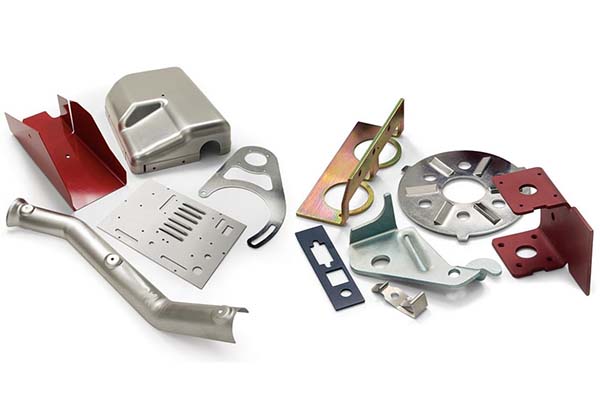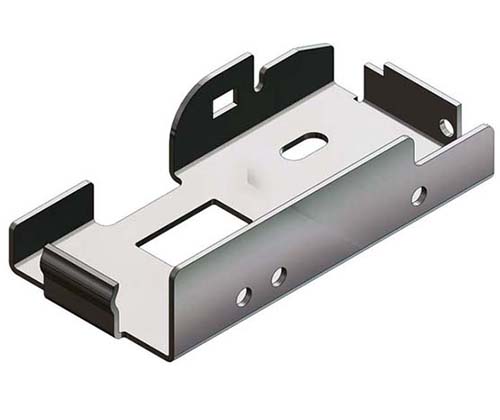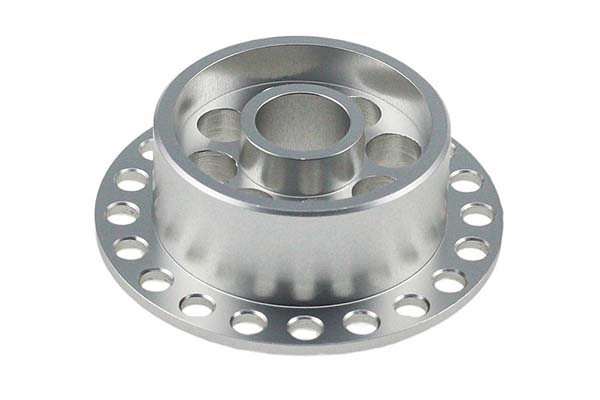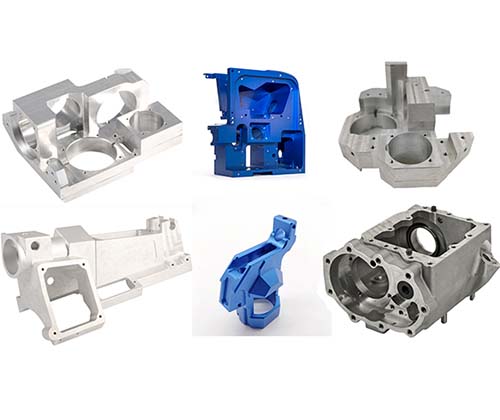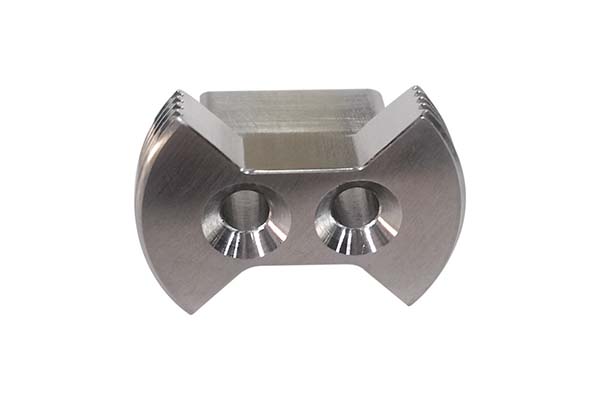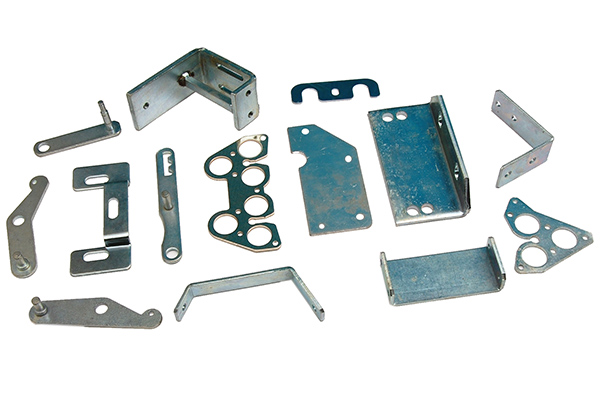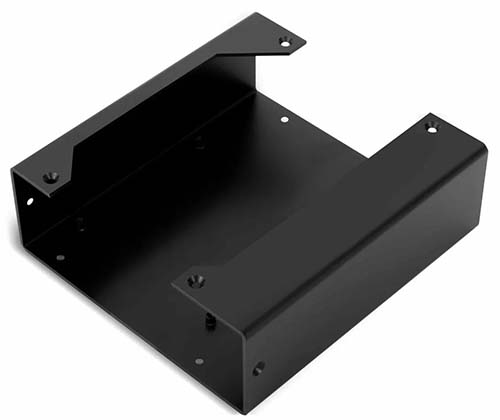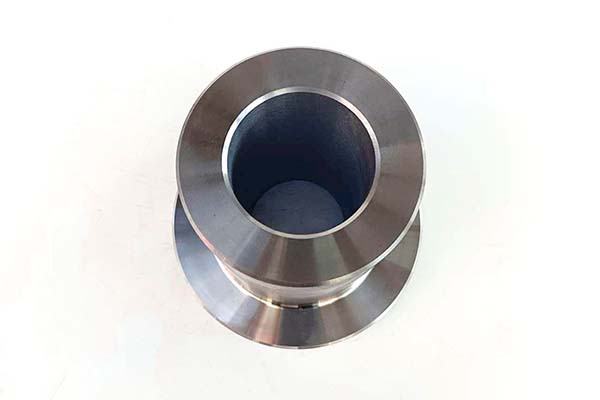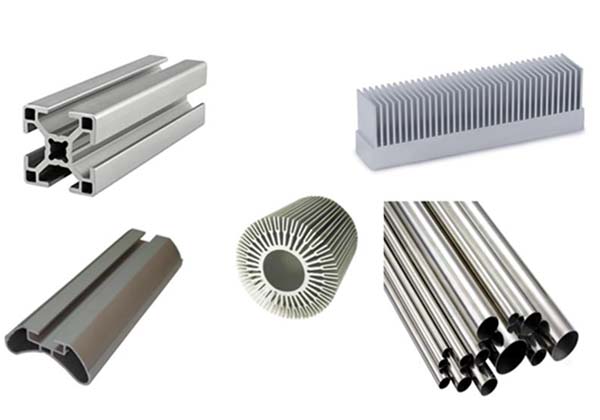You’ve chosen A356 aluminum alloy for its reputation as a high-strength, corrosion-resistant material, expecting parts that balance durability and light weight for aerospace components and engine parts. But your production is facing challenges: the molten alloy flows sluggishly, leaving thin sections of transmission housings incomplete. Some castings have inconsistent tensile strength—some meet specs, others fail under moderate loads—while others have porous interiors that make them unsuitable for pressure-containing applications. Maybe the cycle time is longer than with other alloys, or the die requires frequent maintenance due to sticking, cutting into production efficiency. Worse, your “heat-treated” parts don’t reach the expected strength, undermining A356’s promise of high performance.
A356 aluminum alloy is a premium die casting alloy prized for its exceptional strength-to-weight ratio and corrosion resistance. Its unique alloying elements (silicon and magnesium) form a microstructure that responds well to heat treatment, delivering tensile strength that rivals some steels while remaining lightweight. But unlocking its potential requires mastering the die casting process, from cold-chamber setup to post-treatment. In this guide, we’ll explore die casting A356, helping you leverage its unique properties to create precision parts for high-stress applications.
Material Properties: The Strengths of A356 Aluminum Alloy
A356’s appeal lies in its balanced material properties—a blend of strength, corrosion resistance, and castability that makes it ideal for demanding applications:
- Mechanical performance: A356 offers impressive mechanical properties, especially after heat treatment. In its T6 temper (solution heat-treated and artificially aged), it delivers a tensile strength of 310-340 MPa, yield strength of 240-280 MPa, and elongation of 5-7%—significantly higher than A380. Its hardness (90-100 HB) ensures wear resistance, while its magnesium content (0.25-0.45%) enhances both strength and corrosion resistance. The alloy’s silicon content (6.5-7.5%) provides good casting fluidity—a rare combination of strength and castability that makes it suitable for both structural and precision parts.
- Corrosion resistance and structure: A356’s low copper content (0.1% max) is key to its excellent corrosion resistance—copper can accelerate rusting in moist environments, so minimizing it makes A356 ideal for outdoor or marine applications. Its grain structure, refined by heat treatment, is uniform and fine, reducing porosity and enhancing strength. A356 has a density of 2.68 g/cm³—slightly lighter than A380—making it perfect for lightweight components in aerospace and automotive applications. Its specific gravity (2.68) provides a solid feel without excess weight, a boon for hand tools and consumer products.
- Thermal properties and fluidity: A356’s thermal conductivity (150-170 W/m·K) is higher than many die casting alloys, making it suitable for heat-dissipating parts like engine components and heat sinks. Its casting fluidity is good (though lower than A380) when properly heated (650-680°C), allowing it to fill thin walls (1-1.5 mm) and complex geometries. Its eutectic composition ensures consistent melting and solidification, reducing defects like cold shuts and shrinkage.
Die Casting Process: Mastering A356’s Nuances
A356’s unique properties demand careful die casting process controls to maximize strength and minimize defects:
- Cold-chamber essentials: A356’s high melting point and viscosity require cold-chamber die casting with precise parameters. Key settings include injection speed (2-3 m/s) and injection pressure (80-110 MPa)—higher than A380 to ensure full cavity filling. The die (H13 tool steel with polished surfaces) should be preheated to 200-250°C to improve flow and reduce cold shuts. A356’s tendency to form oxides requires careful handling—molten metal should be skimmed regularly to remove dross. Die lubrication (high-quality, water-based graphite) is applied sparingly to avoid contamination, which can weaken heat-treated parts.
- Die design and cooling: A356’s slightly lower fluidity requires thoughtful die design. Draft angles of 1-1.5° ease ejection, reducing surface damage that can compromise corrosion resistance. Venting (0.15-0.2 mm gaps) is critical to prevent gas entrapment—porosity in A356 is particularly problematic, as it reduces strength after heat treatment. The gating system should use smooth, tapered runners to minimize turbulence, with parting lines positioned to avoid flash that would require grinding (which can introduce stress). Cooling rate is controlled via water channels: faster cooling (50-70°C/s) produces a fine grain structure, enhancing heat treatment response, while slower cooling in thick sections reduces internal stress.
- Post-casting steps: A356 requires specialized post-casting treatment to maximize strength. Heat treatment (T6 temper) involves solution annealing at 540°C for 2-4 hours, quenching in water, then aging at 120°C for 24 hours—this process increases tensile strength by 30-40% compared to the as-cast condition. Shot blasting (80-100 grit) removes surface oxides, while machining (if needed) is done before heat treatment to avoid warping. Quality control includes ultrasonic testing for porosity and tensile testing of heat-treated samples, ensuring consistent performance in critical applications like aerospace components.
Applications: Where A356 Excels
A356’s strength, light weight, and corrosion resistance make it ideal for high-stress, precision applications:
- Aerospace and automotive: Aerospace components like wing brackets, landing gear parts, and fuel system components rely on A356’s high-strength-to-weight ratio—it reduces aircraft weight by 15-20% compared to steel. Automotive parts such as suspension components, steering knuckles, and engine components use A356 for its ability to withstand impact and vibration. Its corrosion resistance makes it suitable for electric vehicle battery housings, where durability and light weight are critical.
- Industrial and mechanical parts: Industrial equipment like robotic arms, hydraulic cylinders, and precision gears uses A356 for its strength and dimensional stability. Mechanical parts requiring tight tolerances (±0.02 mm) benefit from its dimensional accuracy after heat treatment. Its thermal conductivity (150-170 W/m·K) also makes it suitable for heat sinks in high-power electronics, where efficient heat dissipation is key.
- Precision consumer products: High-end hand tools, sports equipment (bicycle frames, golf club heads), and medical devices (surgical instrument housings) leverage A356’s light weight and strength. Its smooth surface finish (Ra 2-3 μm) reduces finishing costs for visible parts like automotive interiors and decorative items, while its customizability allows for complex geometries in prototyping and small-batch production.
Performance and Benefits: Why A356 Stands Out
A356 offers performance and benefits that make it irreplaceable in high-stress, precision applications:
- Strength and light weight: A356’s high-strength-to-weight ratio (310 MPa tensile at 2.68 g/cm³) outperforms many steels and aluminum alloys, making it ideal for weight-sensitive applications. In aerospace, this translates to fuel savings of 5-10% per aircraft, while in automotive, it improves acceleration and handling without sacrificing safety.
- Corrosion resistance and durability: A356’s resistance to moisture, salt, and chemicals ensures long service life in harsh environments. In marine applications, it lasts 3-5 times longer than uncoated steel, while in industrial settings, it resists corrosion from oils and solvents—reducing maintenance costs. Its heat-treated grain structure also enhances fatigue resistance, critical for parts like suspension components that undergo repeated stress.
- Precision and versatility: A356’s dimensional accuracy (±0.03 mm for parts under 100 mm) and ability to hold tight tolerances make it suitable for precision assemblies. Its customizability allows for complex geometries—from thin-walled electrical housings to intricate architectural elements—reducing the need for multiple parts and assembly. While not as cost-effective as A380 for high-volume production, its performance justifies the investment in critical applications.
Yigu Technology’s Perspective: Expertise in A356 Die Casting
At Yigu Technology, we specialize in A356 die casting for clients needing high-strength, precision parts. We optimize injection pressure (90-100 MPa) and cooling rate (60-70°C/s) to minimize porosity, ensuring heat treatment effectiveness. Our die designs feature advanced venting and gating systems to handle A356’s fluidity, with strict quality control (including ultrasonic testing and tensile testing) for critical parts. We also offer in-house heat treatment (T6 temper) to maximize strength. Whether you need aerospace components, automotive parts, or precision tools, we leverage A356’s unique properties to deliver reliable, high-performance parts. Die casting A356 isn’t just about manufacturing—it’s about engineering precision.
Frequently Asked Questions (FAQ)
- Why isn’t my A356 reaching expected strength after heat treatment?
Low strength often stems from improper heat treatment or porosity. Ensure T6 parameters are precise: solution heat at 540°C for 4 hours, quench in 60-80°C water, then age at 120°C for 24 hours. Porosity (caused by poor venting) traps gases that weaken the structure—improve venting (0.2 mm gaps) and degas molten metal to reduce porosity. Also, verify material purity—impurities like iron (keep below 0.2%) can form brittle intermetallics.
- How does A356 compare to A380 for automotive parts?
A356 offers higher tensile strength (310 MPa vs. 310-350 MPa for A380) and better corrosion resistance but has lower casting fluidity and higher costs. A380 is better for high-volume, non-structural parts like housings, while A356 suits structural components like suspension parts. A356’s heat treatment adds cost but delivers 30% higher yield strength, making it ideal for load-bearing applications.
- Can A356 be used for high-volume production?
A356 is less suited for ultra-high-volume production (1 million+ parts) due to longer cycle time (40-60 seconds vs. 30-45 for A380) and higher material costs. However, it’s viable for mid-volume (10,000-100,000 parts) where strength and precision are critical. Its rapid production cycle (faster than machining from solid billets) and ability to form complex geometries reduce assembly costs, offsetting higher per-unit casting costs.
